
HOW TO CONTROL WINDOW CONDENSATION*
Condensation can cover windows right through the winter as cold temperatures contrast with the warmth inside homes. In this article we are going to look at how you can reduce or eliminate the chances of condensation forming on your windows and we will look at what factors you should consider when dealing with condensation. To start off we think it’s helpful to understand what causes condensation to form on your windows.
Here is the basics of it - the reason why you have condensation is because you have moist air coming in contact with a cold surface. We all kind of understand that. The question is how do you control it. Well, there are 2 variables that you can control there. You can either control the amount of moisture in the air in your home or you can control the surface temperature of the window. Those are the two things that you have control over. Let's start out by looking at option number one.
 TABLE OF CONTENTS
TABLE OF CONTENTS
HOW TO CONTROL WINDOW CONDENSATION
CONTROLLING THE AMOUNT OF MOISTURE IN THE AIR
INCREASE THE TEMPERATURE ON THE WINDOWS
8 MAGIC WAYS TO STOP CONDENSATION
2. INSTALL AIR BRICK INTO YOUR EXTERNAL WALLS
3. PREVENT THE FREQUENT SWITCH BETWEEN HOT AND COLD
4. INSTALL DOUBLE GLAZED WINDOWS
5. CONSIDER INSTALL EXTERNAL WALL INSULATION
6. BUY YOURSELF INDOOR HYGROMETER
CONTROLLING THE AMOUNT OF MOISTURE IN THE AIR
If you have moisture in your house, you are gonna have condensation on your windows. It doesn't mean you have bad or defective windows. You just have windows!
Best way of controlling moisture in your house is to use the bathroom fan every time we take a shower. Simply turn it on at the beginning of the shower, leave it on throughout the duration of the shower and leave it on for another half hour to hour after you have finished taking the shower. This is seriously how long it takes to get humidity levels back to normal.
If you are not comfortable leaving the fan on and then remembering to turn it off, you can put timers on them. Buy electronic timers and replace your traditional switch with a timer. You would be able to set it to 30, 45 or 60 minutes. You will hit the button and it is going to run for 60 minutes. That is the way of doing it.
If you have bathrooms that don’t have exhaust fans and it’s got a shower or a bathtub in there - install a bathroom fan. Remember, the fan needs to be exhausted to the exterior. You can’t have it venting in your loft!.
Perhaps you have a kitchen exhaust fan. Use that when you are cooking. Use it when the oven is on, when you are boiling water or anything that involves cooking.
If you have too many plants in your home - you may have to fix that too. Those contribute a lot of moisture to the air. You might put all the plants or as many as you can to one area or or one part of the house. Avoid over watering them so you are not putting more and more moisture into the air. That could do the trick.
If you dry your clothes inside by hanging them up, you need to fix that by using a clothes dryer. Hanging up and drying your clothes inside the house is again massively contributing to moisture problem but luckily there are ways you can minimise this firstly by shutting the door of the room where you draying these clothes and opening the window if you can to maximise the airflow across those place while you are drying which is also dry them quicker. If you don’t have a window in your drying room, the dehumidifier should have laundry mode on it. However, they are not expensive to run but not cheap either. You should be looking at about 25 pence per hour for a reasonably high volume unit.
This may sound complicated now - if your house has no ventilation strategy, something that’s going to change the air in your home, you need to have that added.
Think of installing a heat recovery system. Their job is to exchange air in your home. That is the best ventilation method for your home. They allow fresh air in, the bring that moist out and prevent condensation from building up in the house. That is one way of achieving it.
INCREASE THE TEMPERATURE ON THE WINDOWS
If you see condensation on your windows the very first and foremost thing you should try is to allow warm air from the rest of the house or rest of the rooms to get near those windows. Also make sure the door to that room is open, so that air is able to circulate. By doing so you are probably going to solve your problem.
The big obvious way to do that is to open up your window curtains. Generally speaking, anything that covers the windows, creates a kind of a layer of insulation that doesn’t allow the window to ‘see’ the warm air in your home. For sure that is gonna make the window colder. You can also aim a space heater against the window.
If you feel like you have done about as much as you can to both increase the temperature around the windows and decrease the humidity levels but you are still not seeing the results you want there’s a couple other things you can look at:
8✔MAGIC WAYS TO STOP CONDENSATION
1. OPEN A WINDOW
You may want to just open up a window every once in a while and allow some of the dry cold outside air to come in and get some of that warm moist air out just to help keep the humidity levels where they're supposed to be. This method is going to eliminate your problem pretty easily.
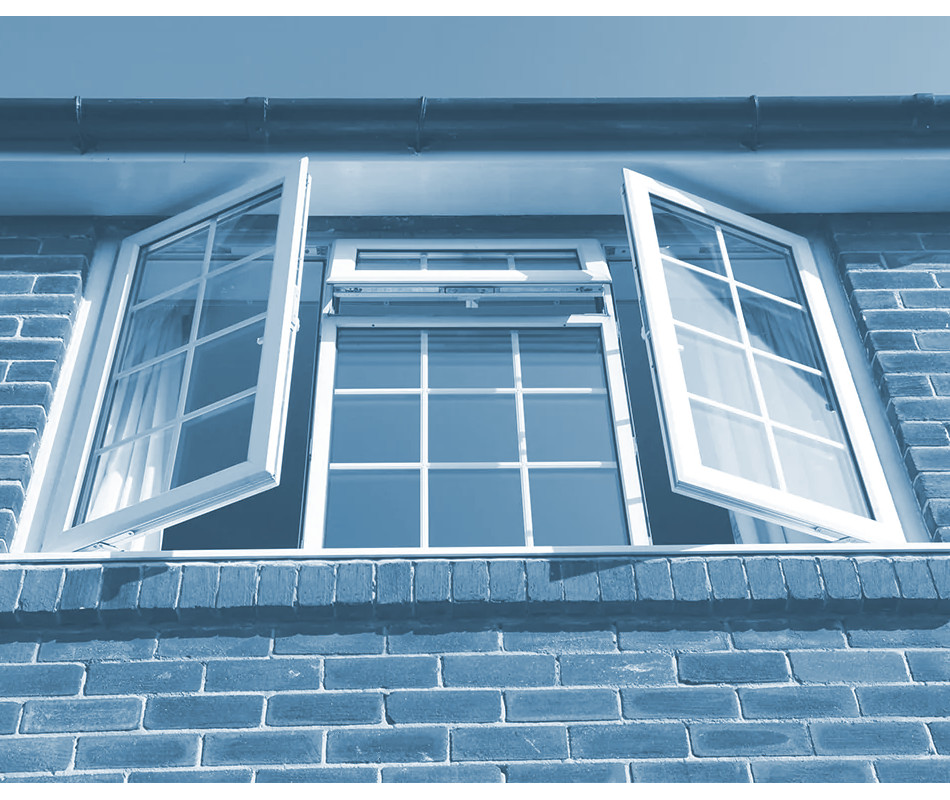
2. INSTALL AIR BRICK INTO YOUR EXTERNAL WALLS
The second most effective method is an air brick. It will allow for a better flow of air throughout your room.
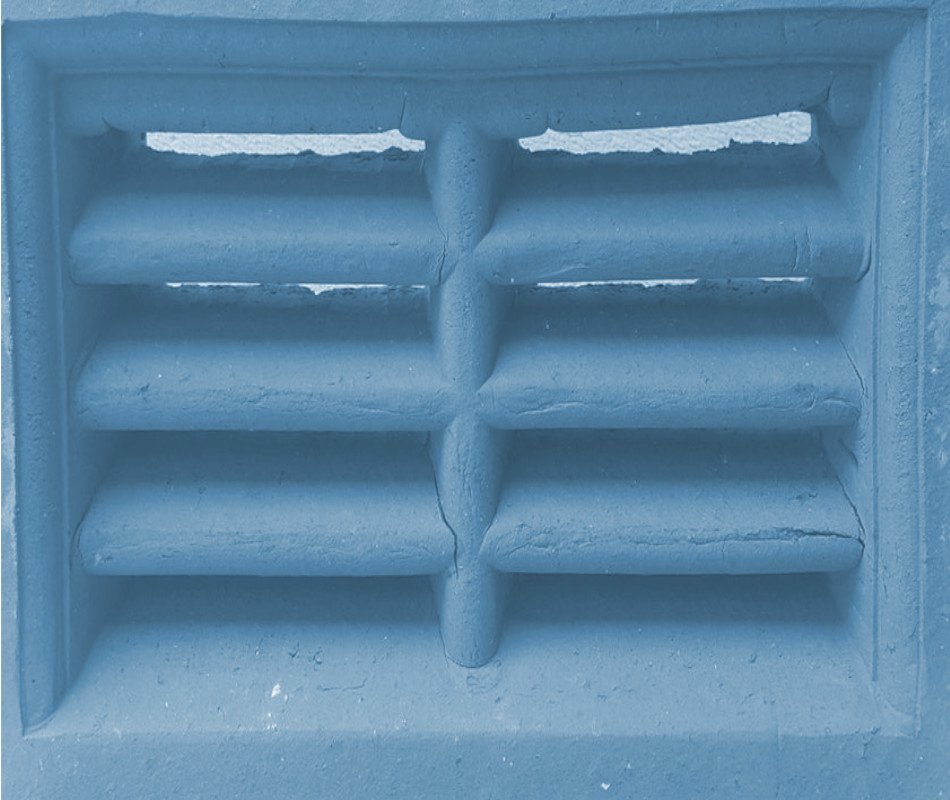
Picture credit: sydneyhardware.com.au
3. PREVENT THE FREQUENT SWITCH BETWEEN HOT AND COLD
Decrease in the temperature of your home can contribute quickly to a condensation problem.
Therefore, it is important to maintain a constant temperature inside the room. Abrupt change lowers the temperature of the outer wall and thus makes it more susceptible to mould. Ensuring an adequate amount of heating in your property will improve the internal temperature of surfaces in the house and reduce the likelihood of condensation.

Picture credit: educationquizzes.com
4. INSTALL DOUBLE GLAZED WINDOWS
If you have single-glazed windows, this may also be part of the problem. Single-glazed windows are a lot colder inside than double-glazed ones, so are likely to attract condensation.
Generally speaking double glazed windows don’t cause condensation. What may be happening is that the air in your old single glazed draughty windows where letting some of the humid air during winter while double glazed windows are sealed up very tight. They are not allowing any of that humidity to get out. They keep that humidity in which is raising the dew point of your air which is what is causing condensation to form.
New double glazed windows will hopefully help because they will increase the temperature right around that glass because the new window will be more efficient that the single glazed windows.
If it is 0 degree outside you would want to have a relative humidity level inside of 25% or less. If you have more than 25 percent relative humidity while it’s zero degrees outside you do have a chance that condensation will form on that glass.
The more efficient your windows are, the higher the humidity level can be in the house before condensation will form and the colder it is outside the lower that humidity level needs to be in order to prevent condensation.
Now you see how that works. As the temperature goes down, the humidity level also needs to go down or a more efficient window will keep that temperature of that glass higher which will allow you to have a little bit more humidity in the air without causing you a condensation problem.
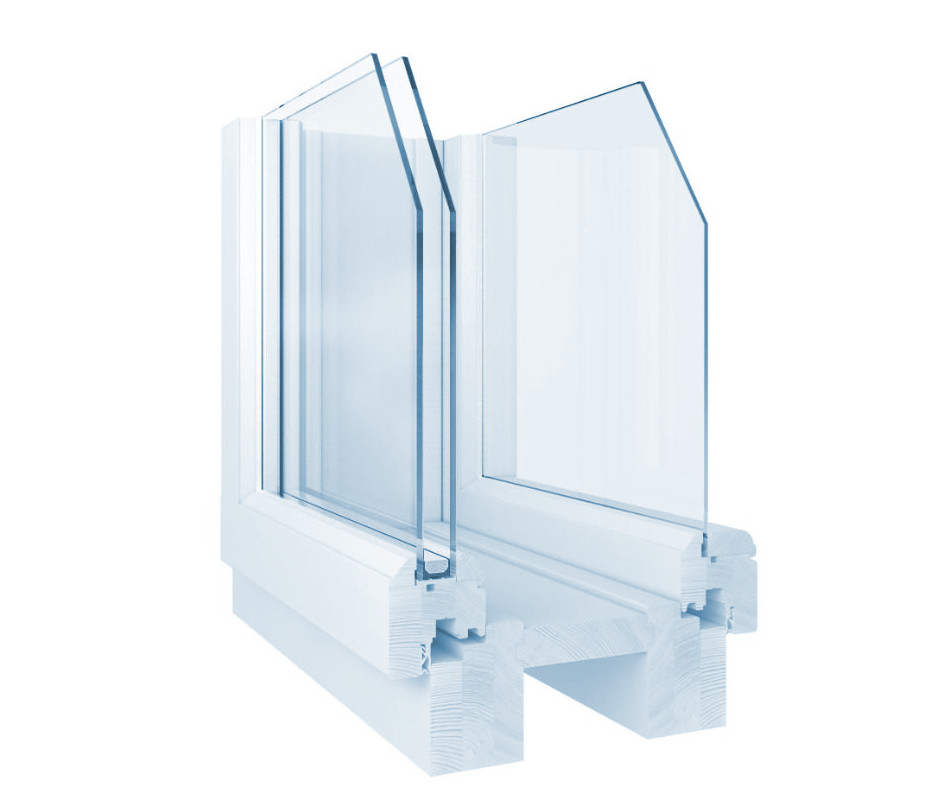
5. CONSIDER INSTALL EXTERNAL WALL INSULATION
Poor insulation may cause cold spots on walls, this should be addressed to stop condensation from forming. External wall insulation is a good thing. Installing insulation will help to keep the temperature of the surfaces inside your property at a higher level while making your home more energy efficient and help when heating bills are increasing.
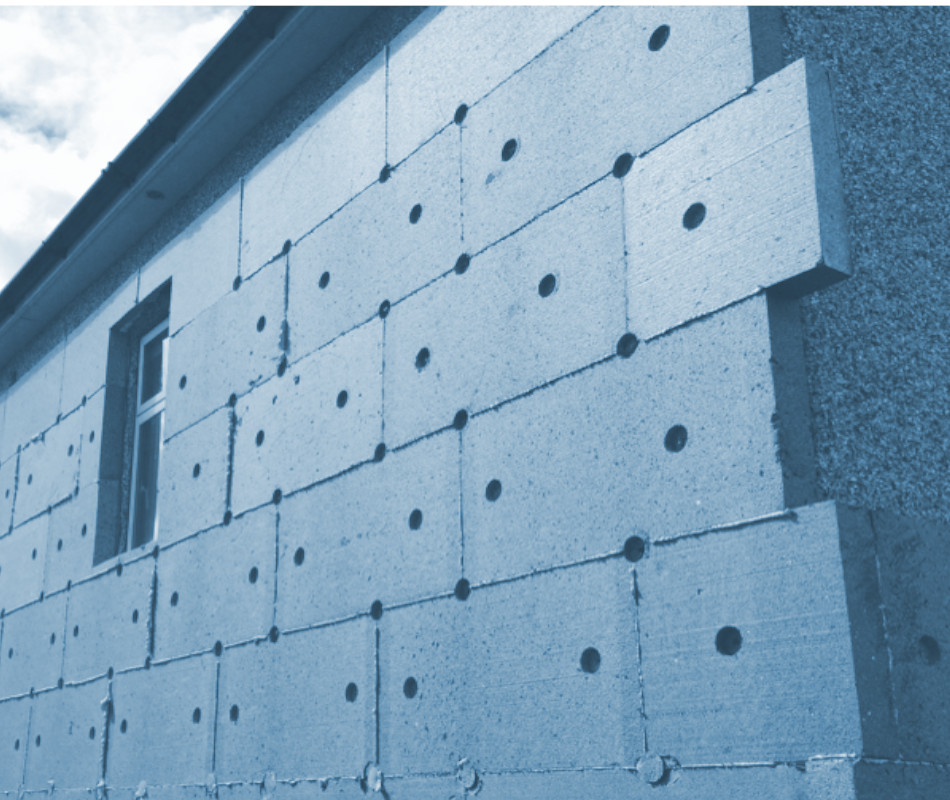
Picture credit: ewistore.co.uk
6. BUY YOURSELF INDOOR HYGROMETER
If moisture levels aren’t well maintained, your home will not only feel uncomfortable, but many other problems can arise from it. Go and buy yourself one or two hygrometers which measure relative humidity. They basically measure how much water vapour is in a water air mix compared to the maximum amount of water vapour that could be in that air at a particular given temperature.
Basically you want the relative humidity in your house to be in the comfort zone of between 30 and 60 percent. Any less than 30 % in the air and you will find you get skin and chapped lips. If more than 60% and the air becomes too wet. The 60% is the crucial point because above this point moulds can form.
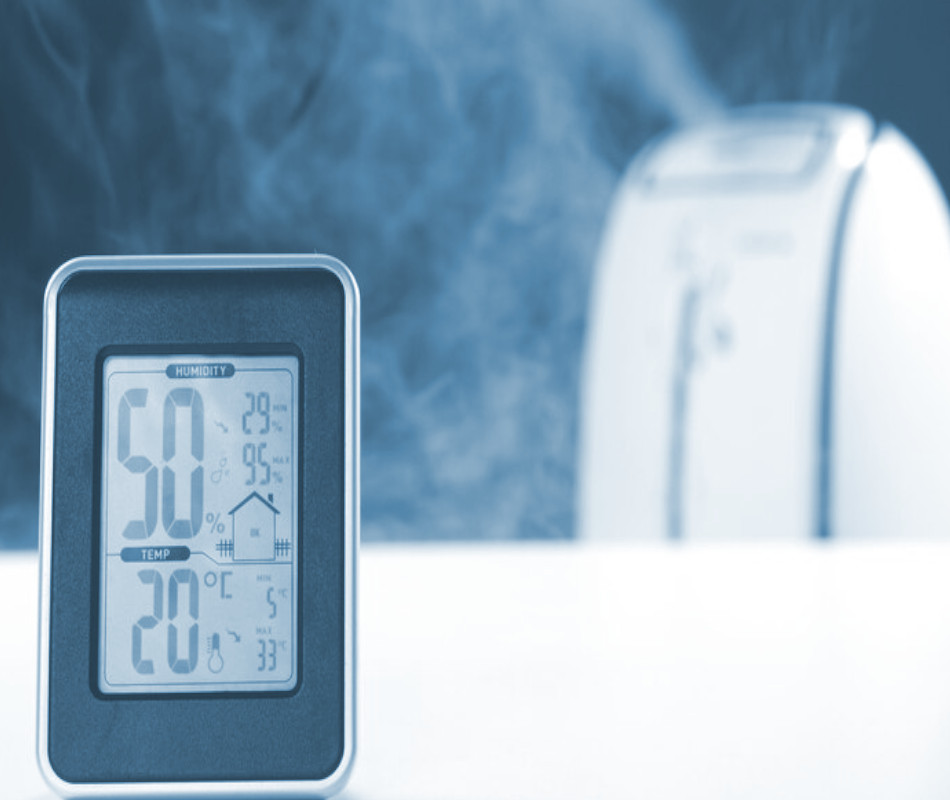
Picture credit: geekflare.com
7. FIX UP YOUR PLUMBING
Most leaks are caused by plumbing problems. You need to identify the source of the leak. Leaky pipes can add the humidity in your home. This sitting water eventually evaporates, ending up as moisture in the air. Repair or replace any malfunctioning pipes as soon as possible.
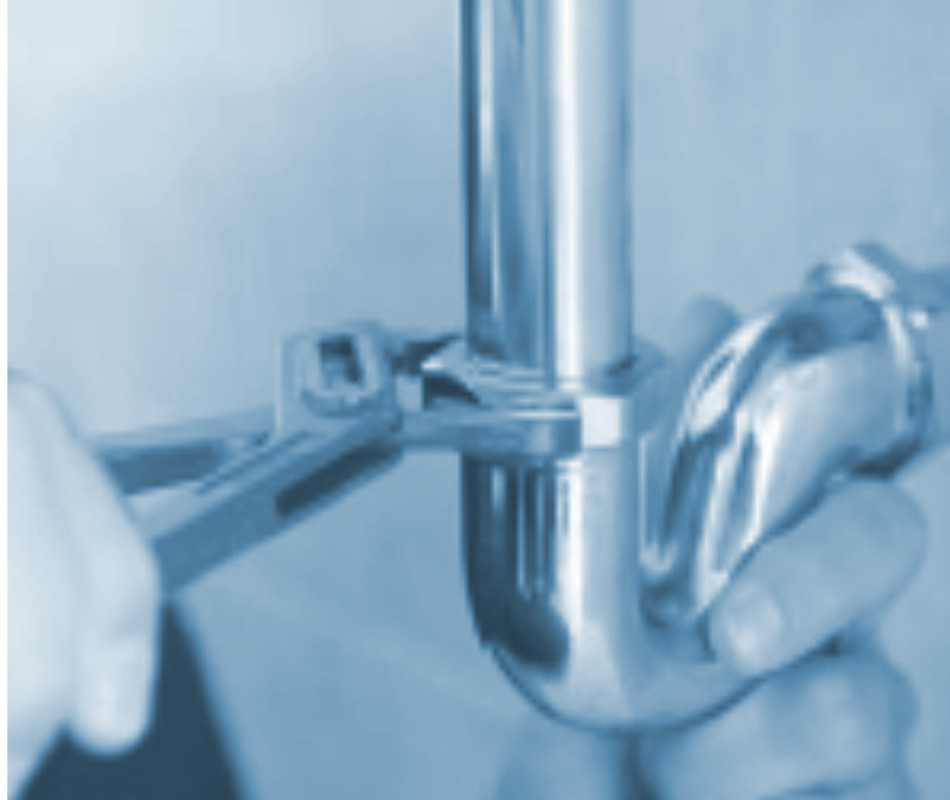
8. USE CAT LITTER
Cat litter pellets are designed to absorb pet excretions, so they will also absorb moisture from the air. Fill an old sock with litter and place the sock on the window sill. Leave them to absorb any excess moisture.

Related articles:
External wall insulatio problems. The ugly truth?
EPS expanded polystyrene vs XPS extruded polystyrene
Detailed Rockwool Dual Density
Internal wall insulation - is it risky?
*All the information provided in the content published on Insulationgo blog is for informational and educational purposes only. Insulationgo LTD makes every effort to ensure the accuracy and timeliness of the content, but we do not assume any responsibility for any errors or omissions.
The information presented on this blog should not be considered as professional advice or a substitute for consulting relevant experts. Before making any purchase decisions or taking action based on the information presented here, it is strongly recommended to contact the product manufacturer directly to verify the details and ensure its suitability for your specific needs.
By using this blog, you acknowledge and agree that Insulationgo LTD shall not be held liable for any damages, losses, or inconveniences arising from the use or reliance on the information provided herein. This limitation of liability applies to all users of the blog, including but not limited to visitors, readers, and subscribers.










































































































